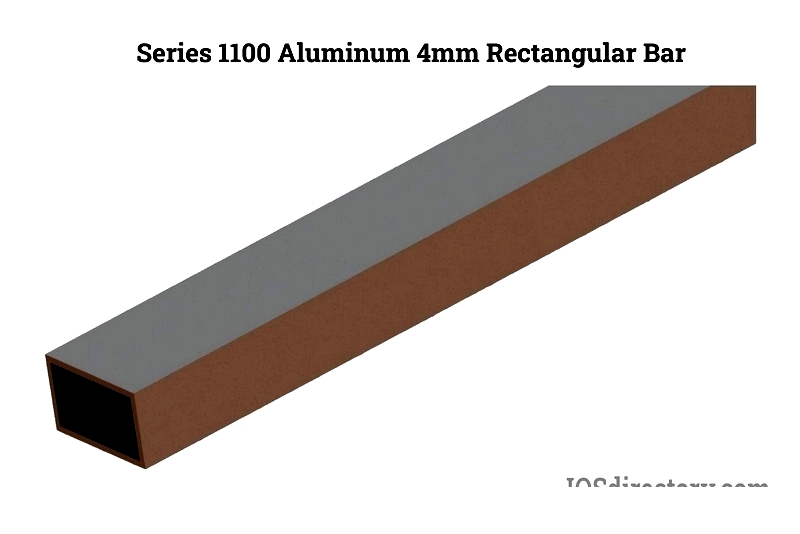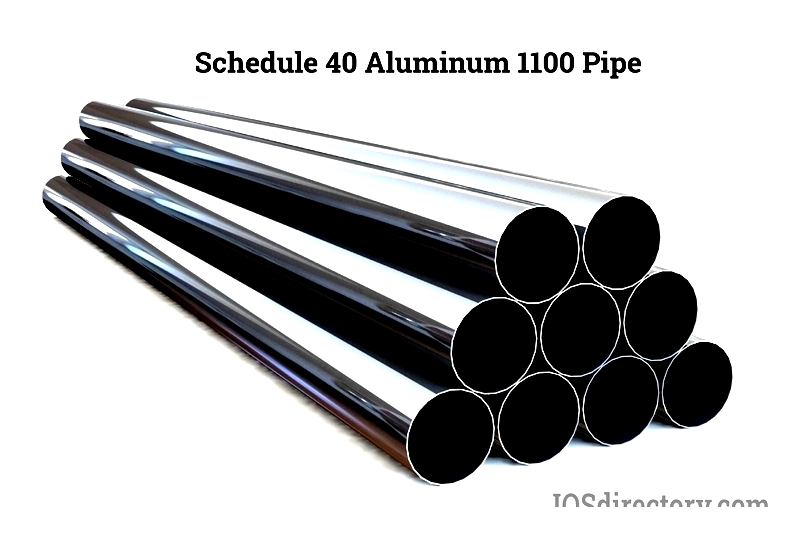Introduction
This article provides comprehensive information about aluminum 1100 and its applications.
You will learn about:
- What Aluminum 1100 is
- The different types of Aluminum 1100
- How Aluminum 1100 is manufactured
- Applications of Aluminum 1100
- And more...

Chapter 1: What is Aluminum 1100?
Aluminum 1100 is the most malleable aluminum alloy, making it ideal for various industrial and domestic applications. It can undergo both cold and hot working processes, with primary forming techniques including spinning, stamping, forging, and drawing. As part of the 1000 series, Aluminum 1100 consists of 99% aluminum, with the remaining 1% comprising trace elements like copper, iron, magnesium, manganese, silicon, titanium, vanadium, and zinc. Its softness allows for smooth work hardening, facilitating easy shaping and forming.

Aluminum 1100's excellent workability makes it perfect for creating intricate shapes. It's commonly used in food processing and chemical industries due to its favorable properties. Additionally, it offers the highest thermal conductivity among aluminum alloys and demonstrates significant electrical conductivity. Its superior corrosion resistance and polished finish make it popular for decorative applications.
Available in sheets, plates, wire, and various foil thicknesses, Aluminum 1100 remains a versatile manufacturing material.
Chapter 2: Different Types of Aluminum 1100
Like all aluminum types, aluminum 1100 comes in various forms or tempers, defined by alloying elements and aluminum content. The distinguishing feature of all 1100 series variants is their exceptional aluminum purity, making them ideal for applications requiring high workability and corrosion resistance. This purity enhances malleability, providing advantages in manufacturing across industries from industrial production to food packaging and electrical applications.
Aluminum 1100
Aluminum 1100 is the purest commercial aluminum alloy, containing at least 99% aluminum. The remaining 1% consists of carefully controlled trace elements, resulting in a soft, highly ductile material. Despite its relatively low strength, aluminum 1100's excellent formability, weldability, and corrosion resistance make it popular for intricate forming and deep drawing processes.
Among aluminum alloys, 1100 is particularly suited for cold working due to its easy fabrication. It can be processed using standard techniques like bending, drawing, spinning, stamping, and rolling. This versatility allows manufacturers to produce various shapes and products, including billets, coils, sheets, ingots, and foil. Unlike heat-treatable alloys like 6061 or 7075, aluminum 1100 is non-heat-treatable, highlighting its inherent softness and malleability. Its moderate strength and superior surface finish make it ideal for heat exchanger fins, chemical equipment, and architectural trim where appearance and corrosion resistance are essential.
Industries such as HVAC, signage, cookware, and reflectors often choose aluminum 1100 for its high thermal conductivity and anodizing potential. Its superior electrical conductivity also makes it widely used in electrical bus bars, transformers, and conductive components.
Aluminum 1145
Aluminum alloy 1145 contains 99.45% aluminum, slightly more than alloy 1100. This higher aluminum content improves its electrical and thermal conductivity, making it excellent for electrical and heat transfer applications. Chemically similar to alloy 1235, it's often used as an alternative when increased availability is needed.
Aluminum 1145 is commonly used for cold-rolled aluminum foil production, particularly in food, pharmaceutical, medical device, and cosmetic packaging. Its reflective surface and barrier properties make it valuable for protecting products from moisture, light, and contaminants. In construction, it serves as thermal, hydro, and sound insulation material due to its heat and sound wave reflection capabilities. These properties also make it suitable for transformer windings, cable wraps, and insulation products.
The high purity and malleability of aluminum 1145 make it ideal for applications requiring minimal contamination. It's well-suited for light gauge, high-purity applications and can be processed using major forming techniques like rolling, stamping, and embossing.




